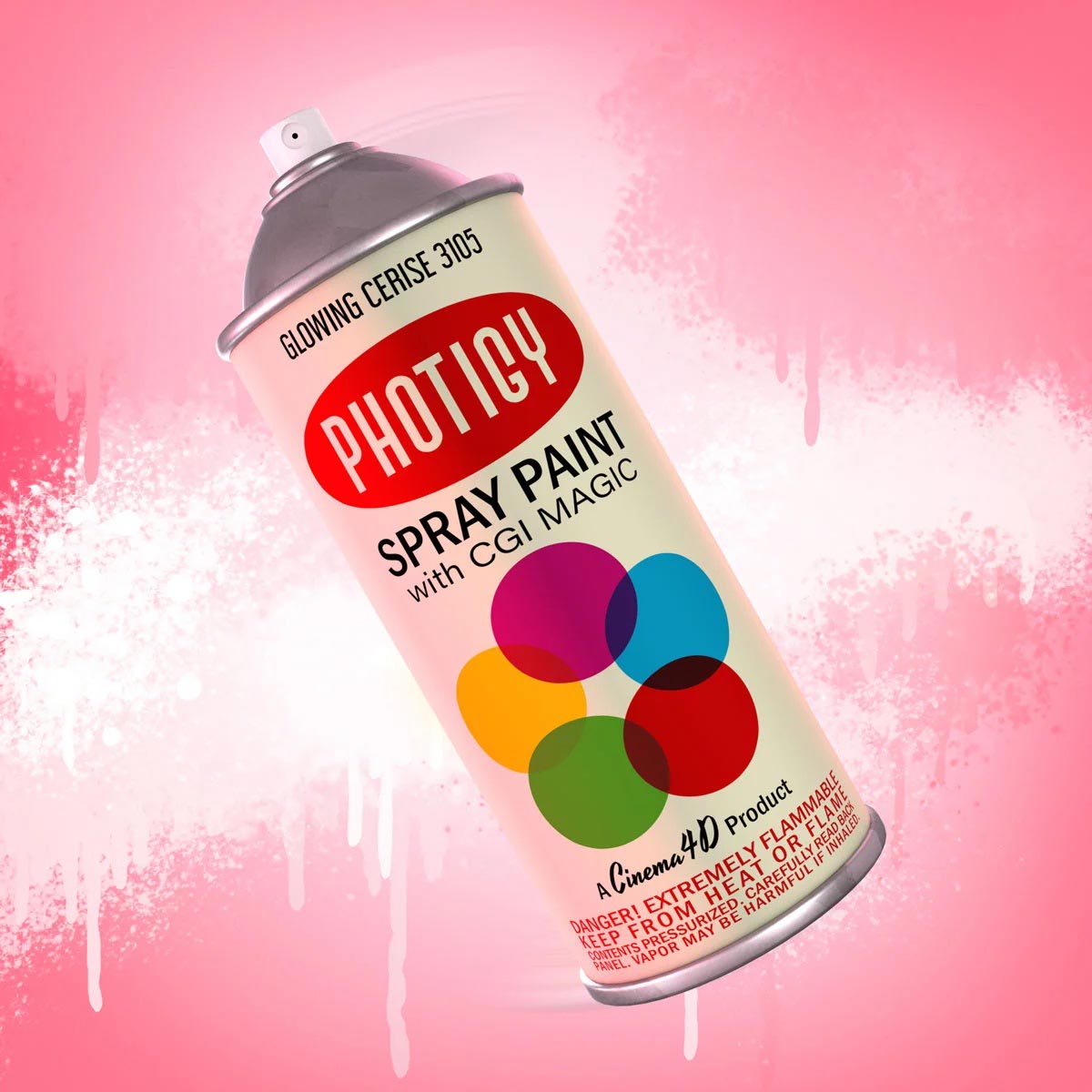Highlights
Learn your way around one of the most easy-to-understand professional 3D applications, Cinema 4D!
Learn how to create realistic product renders from scratch by following easy step-by-step instructions. Plus, get plenty of tips and insights along the way that will help get you modeling and rendering your own unique products.
Learn how to replicate common environmental and gradient-style lighting used in studio product photography.
Quick and easy-to-follow lessons. We know that you don’t have lots of time to spend, so we keep it brief!





























